Hi everyone!
Last year, at the markets, we used a couple of 5 gallon buckets planted with different herbs to help hold down our canopy. One of the buckets had a sage plant in it.
If you grow or have ever grown sage, you know it is one hardy plant. After the market season was over. We took the bucket to the greenhouse. And of course it is growing beautifully.
Another wonderful part about growing sage is it has the prettiest delicate purple flowers.
It is so nice to see flowering blooms at this time of the year!
And don’t forget, the pretty little sage flowers are edible. They have a more subtle taste than the leaves. Adding them to a fresh garden salad would not only taste good but, the soft purple color would add a wonderful visual contrast to all the greens.
These little flowers are also lovely floating in a cup of hot tea. The flavor would be very mild and you could still get the effects that sage has to offer. When we have a sore throat or congestion, I always add a bit of sage to our tea. It has always had a soothing effect.
Sage,(Salvia Officinalis), is referred to as the herb of longevity. Although best known as an ingredient in poultry stuffing, Sage(or edible sage/garden sage) has been used medicinally for thousands of years. In the Middle ages, Sage was thought to promote longevity. One legend says its healing comes directly from the Virgin Mary.
Native to the Mediterranean region, its name comes from the Latin Salvare, which translates roughly as "to rescue" or "to heal." Sage is often used as a remedy for respiratory infections, congestion, cough, sore throats, appetite stimulant, indigestion and is said to have a beneficial effect on the liver. It is also given for fever, night sweats and urinary problems. Some women even find that it helps with menopausal symptoms.
Sage is a uterine stimulant, so it should be avoided in therapeutic doses during pregnancy. It is safe to use in cooking however. It may also decrease milk production so nursing mothers be aware of that. Gargling or swishing the tea without swallowing should not lead to this effect.
When you plant your herbs remember they also can add color to your garden. Most herbs have beautiful flowers. Since we grow more than just one of each plant, I try to let one flower to see the pretty blooms and to use them in different ways.
We are joining Fertilizer Friday.

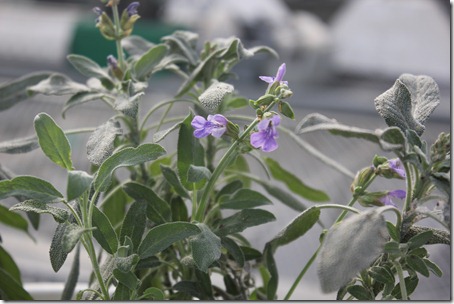
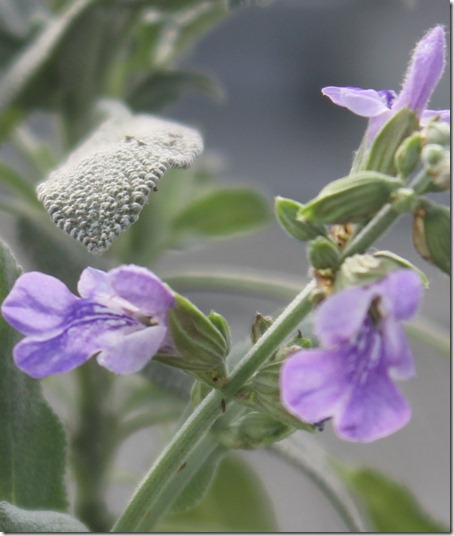




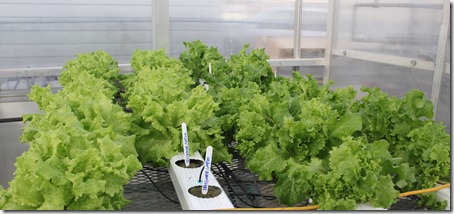

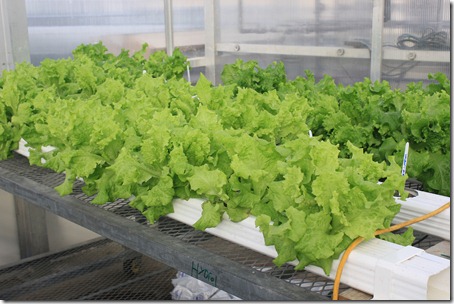
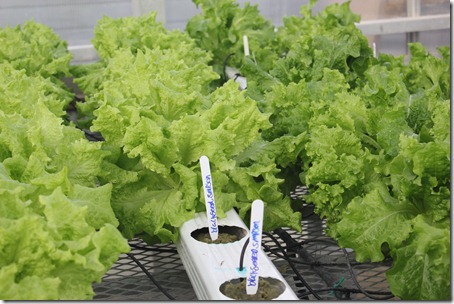
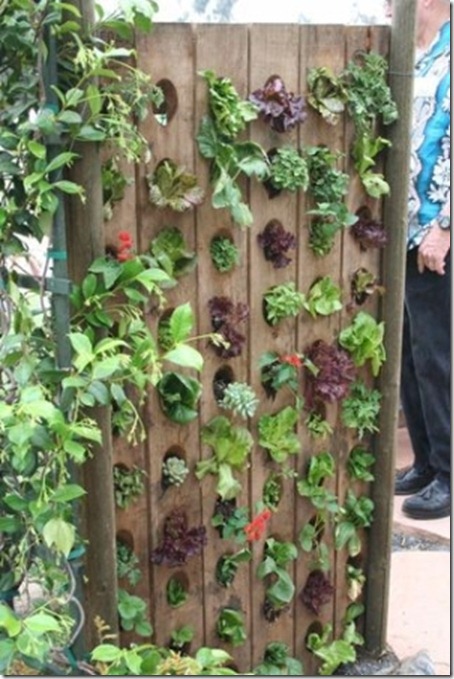
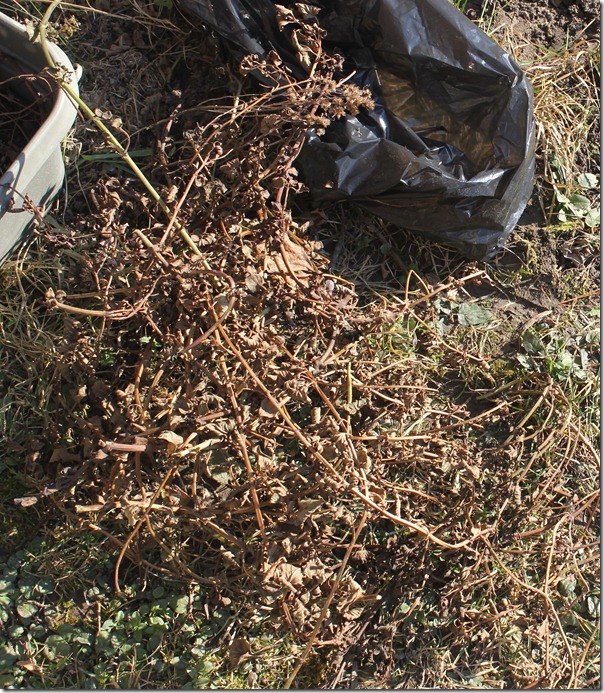
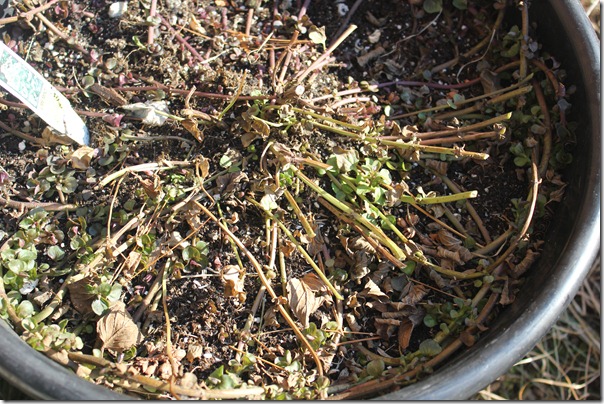
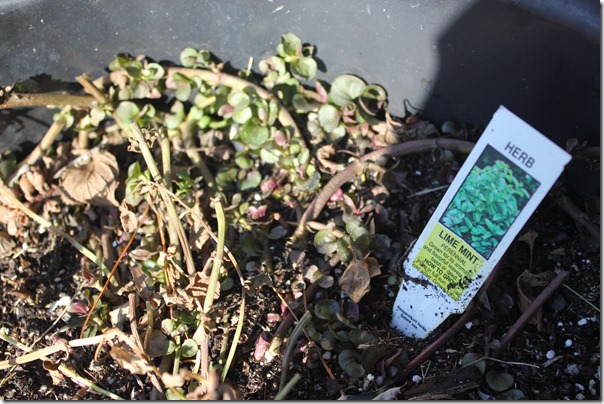
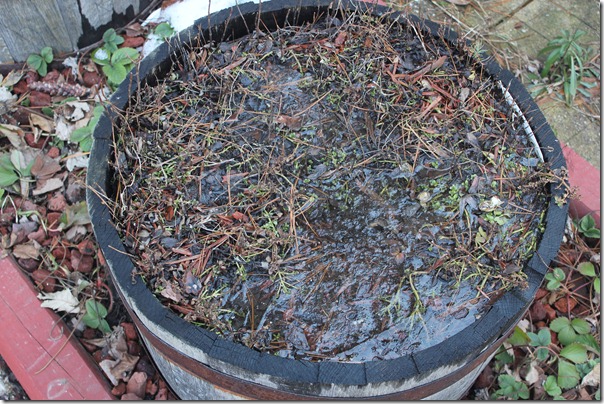
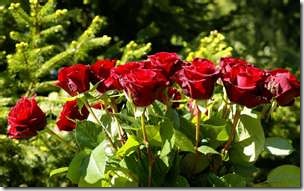
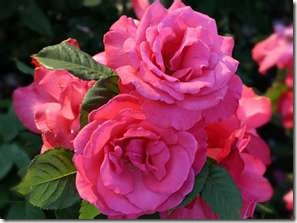
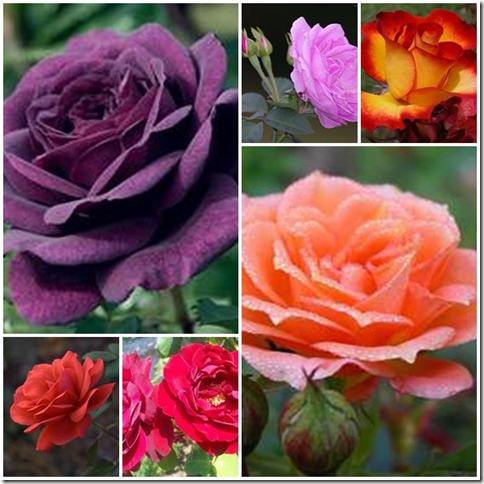

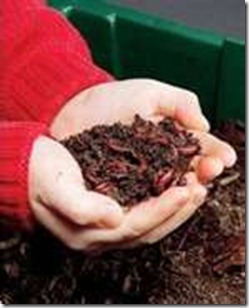

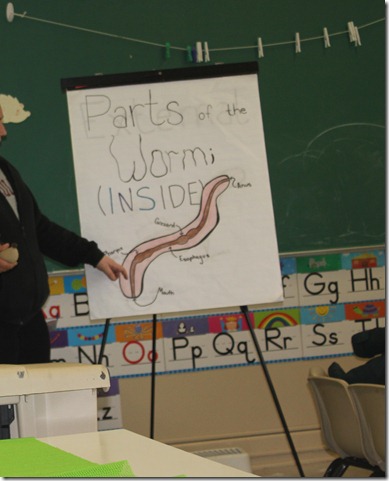
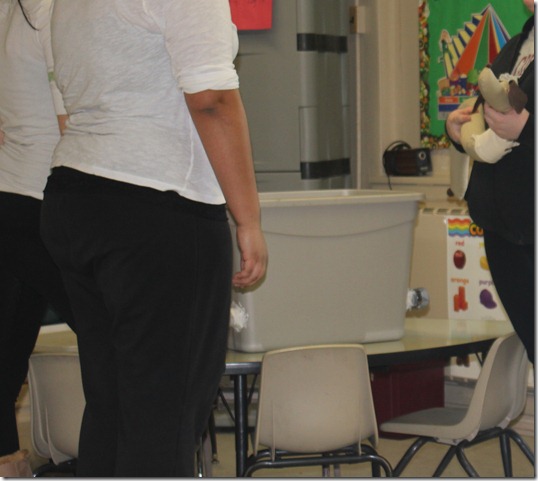
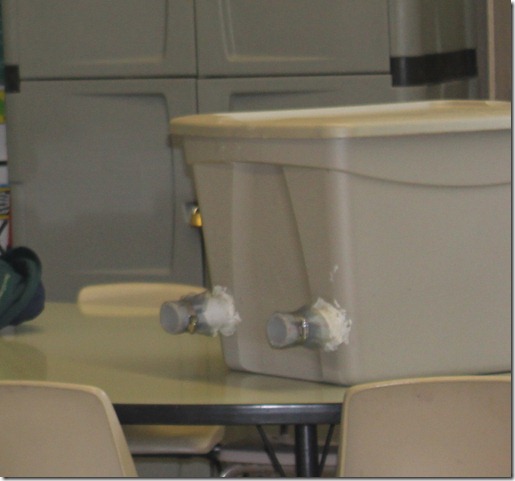
![IMG_0561_thumb[2] IMG_0561_thumb[2]](http://lh4.ggpht.com/-Bt_TL7q0vhU/Ty9zU_1N96I/AAAAAAAAcd8/8u4kqoAPoHY/IMG_0561_thumb%25255B2%25255D_thumb%25255B4%25255D.jpg?imgmax=800)
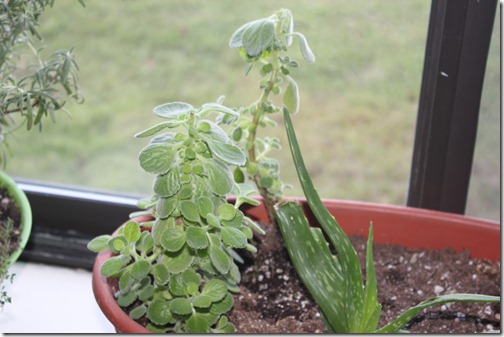
![IMG_0560_thumb[3] IMG_0560_thumb[3]](http://lh4.ggpht.com/-_NrrqZVFWEE/Ty9zV-b9YQI/AAAAAAAAcec/fKLjsc3oniU/IMG_0560_thumb%25255B3%25255D_thumb%25255B1%25255D.jpg?imgmax=800)
![IMG_0546_thumb[2] IMG_0546_thumb[2]](http://lh4.ggpht.com/-sKbDS86KN60/Ty9zWfZfzFI/AAAAAAAAces/pHwyMVIeMOs/IMG_0546_thumb%25255B2%25255D_thumb%25255B1%25255D.jpg?imgmax=800)
![IMG_0548_thumb[2] IMG_0548_thumb[2]](http://lh6.ggpht.com/-W2byLA1OJtI/Ty9zW453aPI/AAAAAAAAce8/B5NYIMFXc_s/IMG_0548_thumb%25255B2%25255D_thumb%25255B1%25255D.jpg?imgmax=800)
![IMG_0552_thumb[2] IMG_0552_thumb[2]](http://lh4.ggpht.com/-inSWjvvNaVk/Ty9zXXwrs-I/AAAAAAAAcfM/qWUAytSjKDw/IMG_0552_thumb%25255B2%25255D_thumb%25255B1%25255D.jpg?imgmax=800)
![IMG_0557_thumb[2] IMG_0557_thumb[2]](http://lh5.ggpht.com/-hnhgnafsIbc/Ty9zX_0usxI/AAAAAAAAcfc/lYrJl3ZPlBo/IMG_0557_thumb%25255B2%25255D_thumb%25255B1%25255D.jpg?imgmax=800)
![IMG_0547_thumb[2] IMG_0547_thumb[2]](http://lh4.ggpht.com/-KmB5FXFmVfs/Ty9zYFtI_UI/AAAAAAAAcfs/RUAnCkQ2rlQ/IMG_0547_thumb%25255B2%25255D_thumb%25255B1%25255D.jpg?imgmax=800)
![IMG_0577_thumb[2] IMG_0577_thumb[2]](http://lh4.ggpht.com/-7Odih38D0t0/Ty9zY3V5NkI/AAAAAAAAcgA/EmLmJhd2M-o/IMG_0577_thumb%25255B2%25255D_thumb%25255B1%25255D.jpg?imgmax=800)